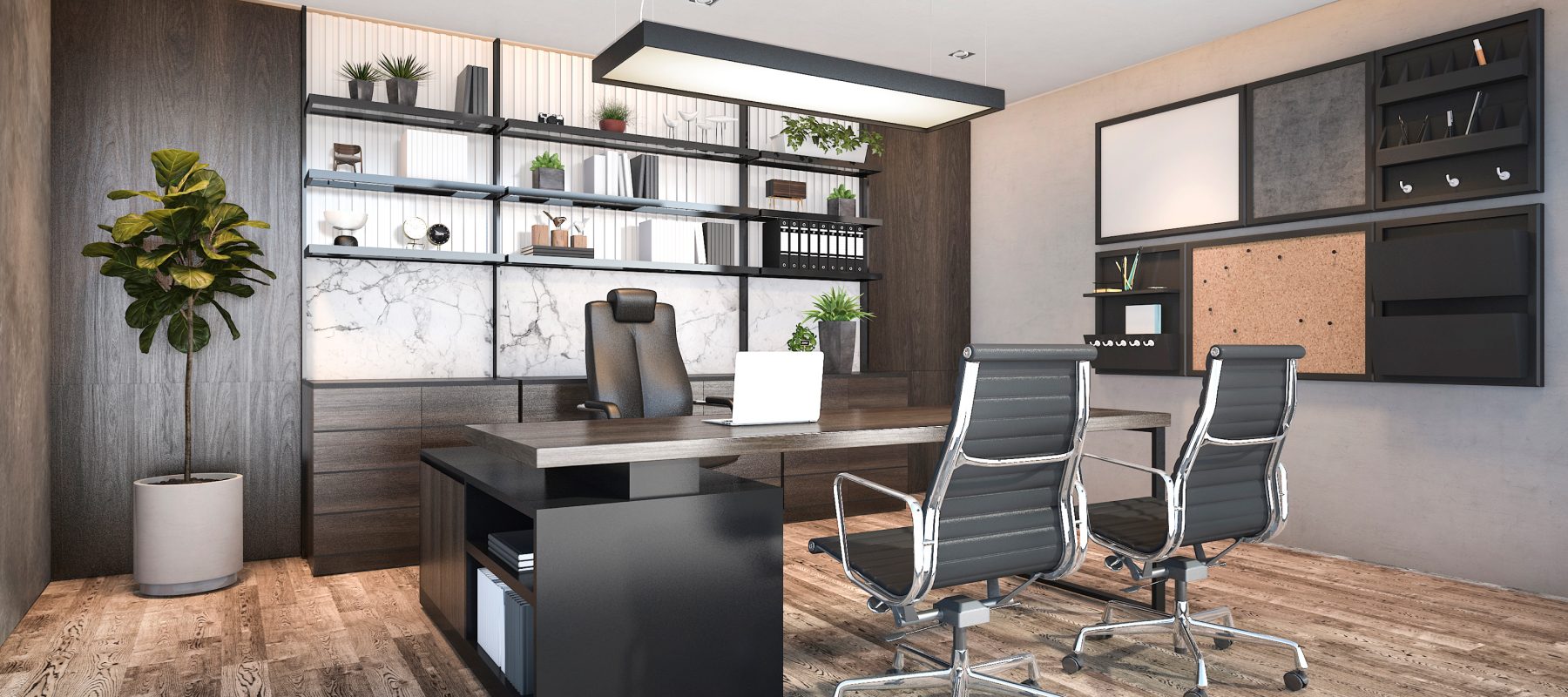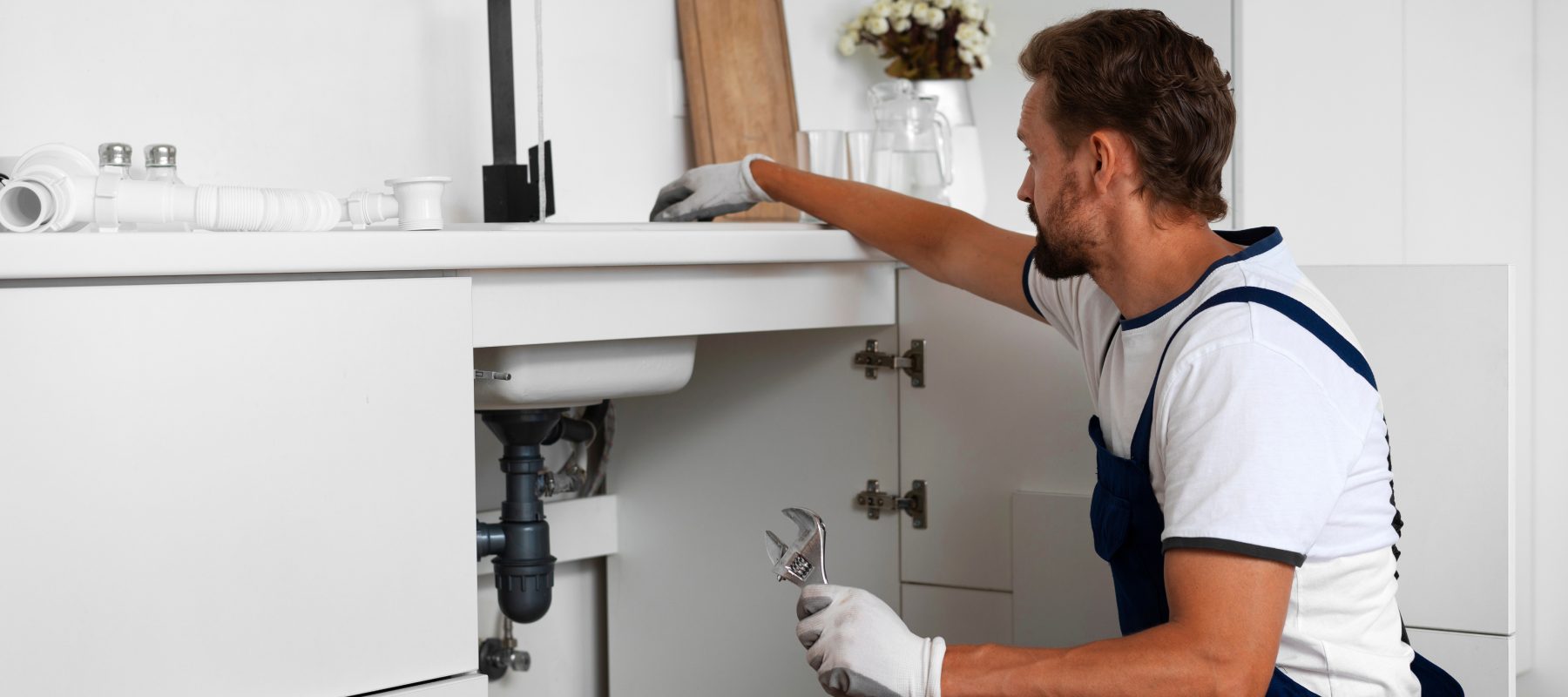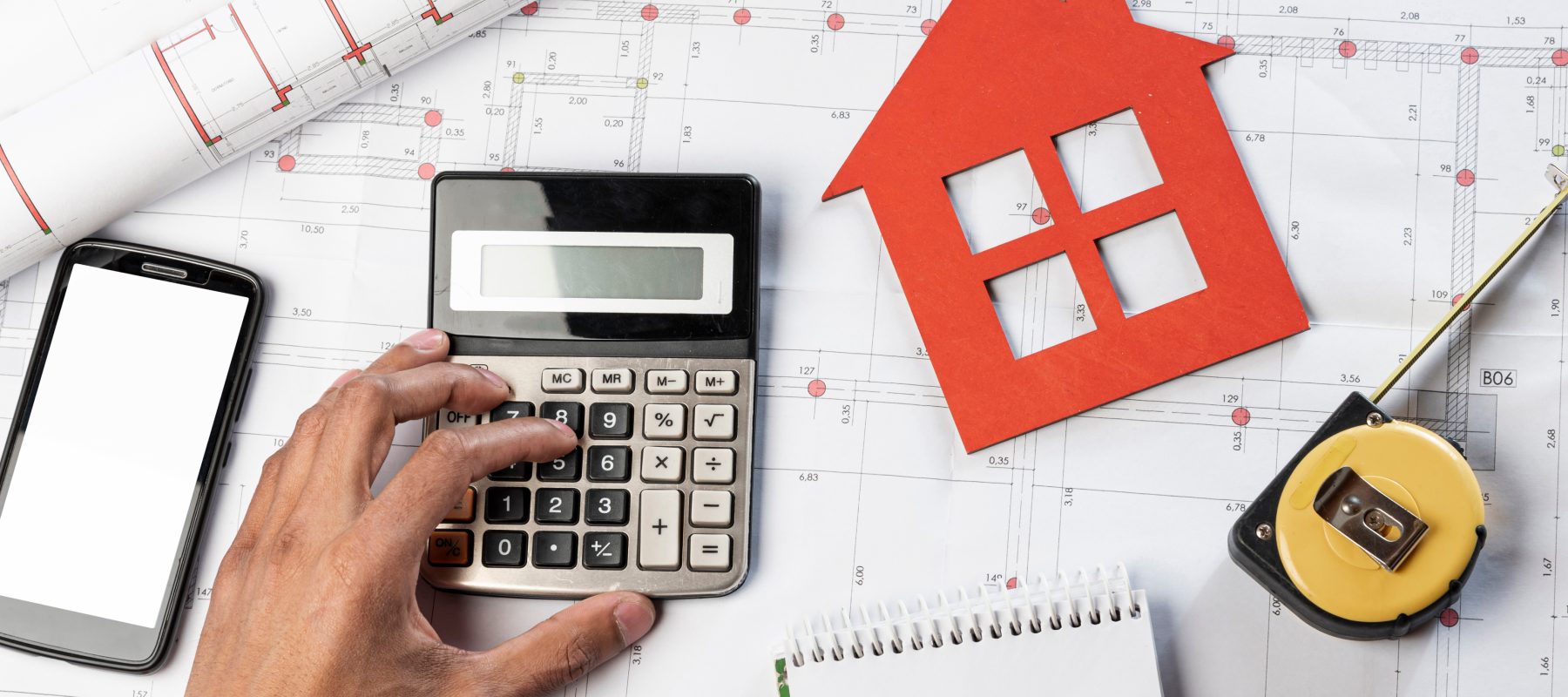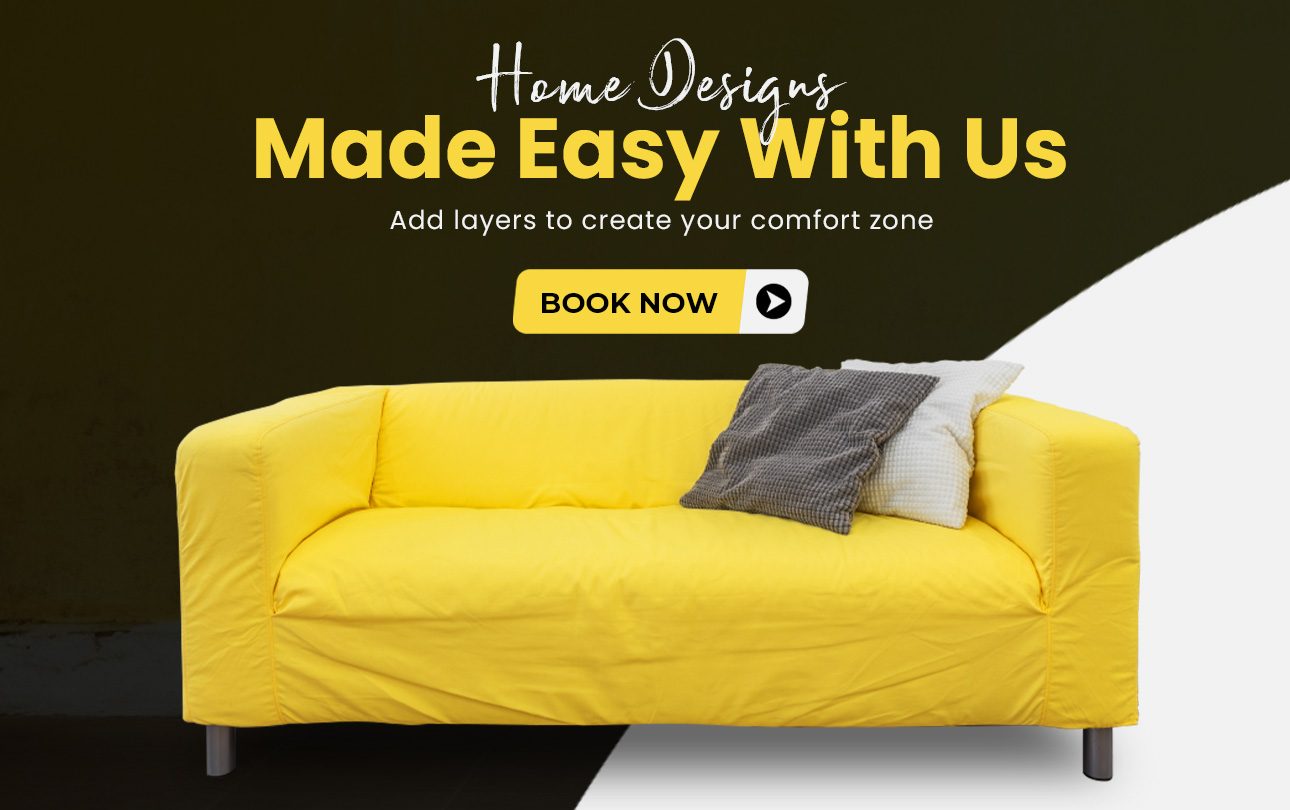In today’s fast-paced business environment, office design has grown into more than a focus on aesthetics. It now plays a critical role in enhancing productivity, boosting employee well-being, and effectively communicating a brand’s identity. As we approach 2025, crafting a space that prioritizes functionality, sustainability, and adaptability is key to meeting the evolving needs of a modern workforce. Here’s a detailed guide to help you choose an office design that aligns with your company’s vision while catering to the diverse needs of today’s teams.

Office Design Guide
1. Start by Understanding Your Company’s Goals
To begin, it’s important to consider the unique requirements and culture of your company. Are you a fast-paced startup driven by collaboration and innovation, or a consulting firm where focus and privacy are crucial? Understanding your company’s goals serves as a guiding compass for your design choices. For instance:
- Collaborative Focus: Open layouts encourage teamwork and idea-sharing, fostering creativity and open communication among team members.
- Privacy Needs: Quiet spaces support deep focus and uninterrupted work, which is essential for certain tasks and roles.
Additionally, examining how each team functions and interacts can help you strike the ideal balance between collaborative spaces and individual workstations. This way, you can create a tailored environment that enhances productivity and employee satisfaction for your office design in 2025.
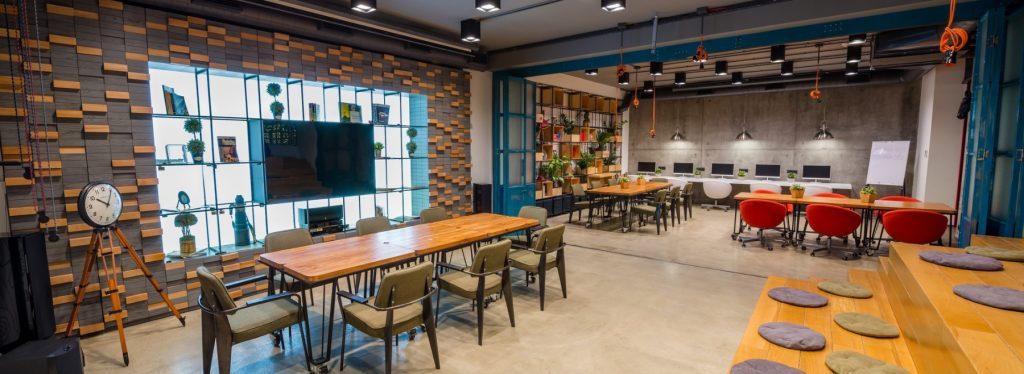
2. Embrace Flexibility and Adaptability
Since workplace dynamics are constantly evolving, flexible office spaces have now become a top priority for most businesses. Embracing flexibility allows you to adjust layouts effortlessly to meet shifting demands. For example:
- Modular Furniture: Lightweight and movable furniture can be rearranged easily to accommodate team meetings, solo work, or group projects.
- Movable Partitions: Use partitions for privacy when needed, or open them up to transform spaces for larger gatherings and events.
Ultimately, flexible designs are cost-effective too, as they help avoid frequent remodeling costs as teams grow or evolve over time. In a dynamic work environment, adaptability is a valuable asset that empowers your office to respond to change.
3. Integrate Technology Seamlessly
Next, technology integration has become an essential component of modern offices. Not only does it enhance productivity and connectivity, but it also makes the workspace more comfortable and efficient. When designing Office Design in 2025, consider:
- Smart Desks and Workstations: Height-adjustable desks and tech-enabled workstations with built-in power sources make workspaces more accessible.
- Automated Systems: Automated lighting, temperature controls, and room booking systems offer added convenience and energy efficiency.
- Video Conferencing Capabilities: Ensure that conference rooms are equipped with high-quality video and audio systems to support remote team members seamlessly.
By embedding technology into office spaces, you create an environment that meets the diverse needs of both remote and in-office employees, making the space more versatile and future-ready.
4. Prioritize Employee Well-Being
Employee well-being is increasingly recognized as critical to productivity and overall job satisfaction. Offices that feel welcoming encourage employees to perform at their best. To enhance well-being and create a nurturing environment, consider:
- Natural Lighting: Ample daylight has been proven to improve mood, focus, and energy levels throughout the workday.
- Biophilic Elements: Adding plants or nature-inspired decor reduces stress, fosters a calming environment, and connects people with nature.
- Quiet Zones: Noise-canceling booths or rooms offer peace and quiet for relaxation or focused work, which can reduce stress.
Because comfort and well-being lead to higher engagement, designing an office with these elements in mind can drive better employee performance and contribute to a positive work culture.
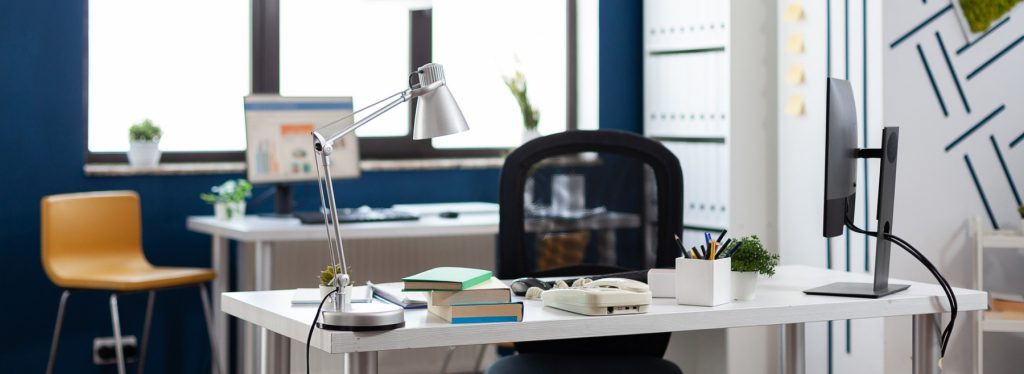
5. Focus on Sustainability
More than ever before, sustainable office designs are in high demand. Not only does sustainability reduce operational costs, but it also reflects a commitment to environmental responsibility that resonates with employees and clients alike. For a truly sustainable design, prioritize:
- Energy-Efficient Lighting: Opt for LED lights and maximize the use of natural light whenever possible to save energy.
- Recyclable Materials: Use furniture and building materials that are eco-friendly, recyclable, or made from sustainable sources.
- Air Quality: Air purifiers, plants, and low-VOC (volatile organic compound) paints contribute to cleaner, healthier air quality for everyone.
While sustainability is now a popular trend, it’s also a valuable long-term investment in reducing costs and promoting a healthier workspace. Additionally, it demonstrates your brand’s environmental consciousness, which can strengthen its reputation.
6. Align Design with Brand Identity
Your office space represents your brand, so design choices should reflect your company’s values, culture, and unique personality. To establish your brand identity throughout your office space:
- Color Scheme and Decor: Choose a color palette that aligns with your brand’s visual identity and evokes the desired emotional response.
- Logo and Artwork: Display your logo and mission statement prominently in common areas and meeting rooms to enhance brand presence.
- Custom Elements: Unique furniture, murals, or artwork tailored to your brand can create a cohesive experience that clients and employees recognize.
By aligning your design choices with brand identity, you create a workspace that feels unified and strengthens brand recognition both internally and externally.
7. Include Diverse Work Zones
Since different tasks require varied environments, designing a single, uniform layout rarely serves all employees. Instead, diverse work zones improve productivity and comfort for different needs. Consider incorporating:
- Focus Areas: Quiet spaces are ideal for concentration-intensive work, allowing employees to focus without distraction.
- Collaboration Zones: Open areas allow for brainstorming sessions, teamwork, and informal discussions to foster collaboration.
- Breakout Spaces: Casual seating encourages relaxation and provides a space for informal chats or creative thinking.
- Training Rooms: Reserve areas for workshops, presentations, and skill-building sessions to support professional development.
Offering a variety of work zones enables employees to select spaces that best fit their tasks, which can ultimately enhance productivity, comfort, and satisfaction.
8. Invest in Ergonomics
Ergonomic office furniture is not just a modern trend; it’s essential for health, comfort, and productivity. Providing ergonomic furniture reduces physical strain and helps prevent injuries caused by poor posture. Key ergonomic features to consider include:
- Adjustable Desks: Sit-stand desks allow employees to move and adjust positions throughout the day, promoting physical health.
- Supportive Chairs: Ergonomic chairs with lumbar support encourage good posture, which can lead to fewer workplace injuries.
- Accessories: Additional items like monitor stands or footrests contribute to an even more comfortable and efficient workspace.
Showing a commitment to ergonomics can improve employee morale, well-being, and performance, which ultimately benefits your organization’s productivity.
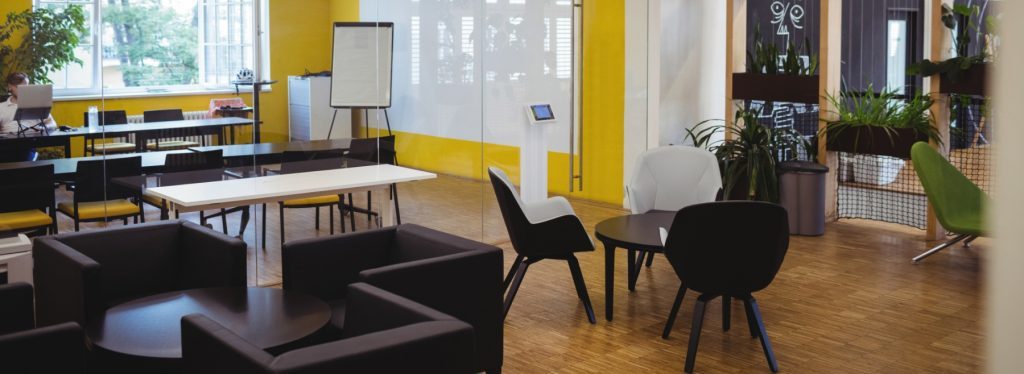
9. Use Colors and Textures Strategically
Because colors and textures can greatly influence mood and focus, choosing them thoughtfully can have a positive impact on productivity. For example:
- Cool Colors for Calm: Blues and greens create a relaxing vibe that’s perfect for quiet, focus-driven areas within the office.
- Warm Colors for Energy: Oranges and yellows bring vibrancy and help energize collaborative spaces where teamwork happens.
- Natural Textures: Wood, stone, or nature-inspired textures introduce an earthy, grounded feel that can reduce stress and promote calmness.
Therefore, using colors and textures with intention throughout the office can set the tone for different areas, enhancing both mood and focus where needed.
10. Plan for Future-Proofing
Finally, it’s essential to plan for future-proofing, especially as office trends and work styles evolve. Although trends may shift over time, incorporating timeless and scalable elements allows your office to adapt as your business grows and changes. To future-proof:
- Scalable Designs: Modular furniture and flexible layouts allow for easy adjustments as teams expand or transform.
- Hybrid Compatibility: Create spaces that support both in-office and remote work for maximum flexibility and adaptability.
- Multi-functional Rooms: Rooms that serve multiple purposes, such as conference rooms that double as training spaces, add flexibility and practicality.
By future-proofing, you create an office that remains functional, stylish, and adaptable to future needs.

Conclusion
In conclusion, choosing the right office design is a strategic investment that goes beyond aesthetics. By focusing on flexibility, employee well-being, sustainability, and brand identity, you can create an office that meets today’s demands while being prepared for tomorrow. In 2025, the primary focus for Office Design in 2025 will be on creating functional spaces that serve both employees and business objectives. With a thoughtful approach to office design, you can support productivity, represent your brand, and set your business up for lasting success.

I’m Emma Kennedy, a home solutions expert with a passion for simplifying the art of living well. With a background in design and a knack for creative problem-solving, I focus on offering practical advice that helps homeowners turn their spaces into true reflections of themselves.

